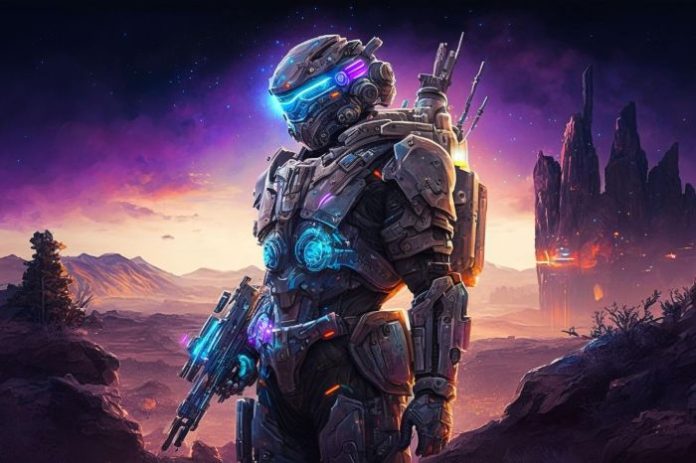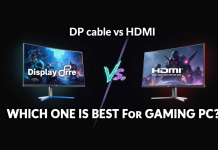Halo Infinite promised a bold return to form, yet for many long-time fans, something still feels missing — and it’s not just dual-wielding. It’s the maps. While Infinite brought fresh layouts and next-gen graphics, players consistently find themselves gravitating back to the classics. But why do maps from Halo 2, Halo 3, and Reach still dominate conversations about the franchise’s best battlegrounds?
Table of contents
The Golden Age of Map Design
Ask any Halo veteran about their favorite multiplayer map, and chances are they’ll name something from the Bungie era. From Blood Gulch to Lockout, those classic arenas weren’t just visually memorable; they were mechanically perfect. Each map had clear lines of sight, smart power weapon placements, and a flow that balanced chaos with control.
Back in the day, even casual players could recognize the value of a sniper tower or the importance of holding mid-map. These maps were designed for both low-skill brawls and high-level strategy, making every round exciting no matter who you were playing against.The best maps taught players the rules without ever spelling them out.
Fast forward to Infinite, and maps feel bigger but somehow emptier. While there’s no shortage of verticality and fancy lighting, the core flow just isn’t the same. This might explain why many players subscribe to Game Pass Core specifically to revisit Master Chief Collection, where those golden-era maps still shine.
Infinite’s New Maps: Style Over Substance?
Infinite’s new maps certainly look great. They embrace modern Halo’s aesthetic — sleek Forerunner structures, detailed landscapes, and immersive backgrounds. But beneath the polish, many maps lack the simple yet effective layouts that defined classic Halo. What once felt like a strategic chess match now often feels like a chaotic free-for-all.
Part of the issue lies in scale. Infinite’s maps trend larger to accommodate equipment like grappleshots and repulsors, but this can lead to pacing issues. Players find themselves running long distances without meaningful engagements. The tension and rhythm of close-quarters combat have taken a back seat to traversal.
Power weapons, which once dictated the tempo of a match, now feel less impactful. Why fight over a rocket launcher when you can swing across the map with a grappleshot and disappear into cover? Geometry that once encouraged confrontation now favors evasion.
Worse still, Infinite’s symmetrical maps can sometimes blur together. Unlike the distinctive silhouettes and themes of The Pit, Guardian, or Ascension, many of Infinite’s new battlegrounds lack the personality to stick in memory. The result? Players enjoy the moment-to-moment gameplay, but they rarely remember the map they were just on.
Why Nostalgia Isn’t the Whole Story
Critics might argue that nostalgia clouds judgment. But the staying power of classic maps isn’t just about memories, it’s about game flow. Bungie’s maps were deliberately designed to encourage player movement, create natural choke points, and reward map control without overly punishing newer players.
The best classic maps had a kind of rhythm. You knew where the hot zones were, where the power weapons spawned, and how to rotate safely between them. These weren’t just well-designed spaces, they were battle arenas engineered to bring out the best of Halo’s sandbox.
In contrast, Infinite’s designs often lean too heavily on novelty. Features like lift tubes and dynamic map elements sound great on paper but often disrupt flow rather than enhance it.Instead of adding depth, they sometimes add chaos — and in Halo, chaos without structure rarely leads to fun.
It’s no coincidence that Infinite’s most popular map updates tend to be remakes. Maps like Bazaar draw clear inspiration from classic layouts and players notice.When a new map feels like something we’ve played before (in a good way), it instantly resonates.
Can Forge Save the Day?
One bright spot in Infinite’s current landscape is Forge mode. Creative players are busy recreating iconic maps like Zanzibar, Midship, and Guardian, while others are crafting entirely new battlegrounds inspired by old-school principles of balance, scale, and strategy.
These Forge creations have quickly earned community praise — and in some cases, rival the quality of official maps.The question is whether 343 Industries will embrace this feedback and integrate more community-driven designs into official playlists.
After all, Halo’s community has always been its lifeblood.From custom games to map modding, players have consistently stepped up where the studios have fallen short. Listening to those craving tighter, smarter, and more iconic maps could help Infinite recapture some of that classic Bungie-era magic.
Conclusion
At the end of the day, classic Halo maps still reign supreme not just because of nostalgia, but because they were brilliantly designed for competitive and casual play alike. Infinite’s shiny new maps, while beautiful, often forget what made Halo battles legendary in the first place: simplicity, strategy, and unforgettable flow.
The hope is that, through community feedback and Forge innovation, the best elements of the past can inform the future. Halo doesn’t need to reinvent itself with every release — it just needs to remember what made it special.
Whether you’re reliving Halo 3 nostalgia or diving into Infinite’s newest maps, Eneba makes grabbing your Game Pass Core effortless — so you’re always ready for the next battle.











